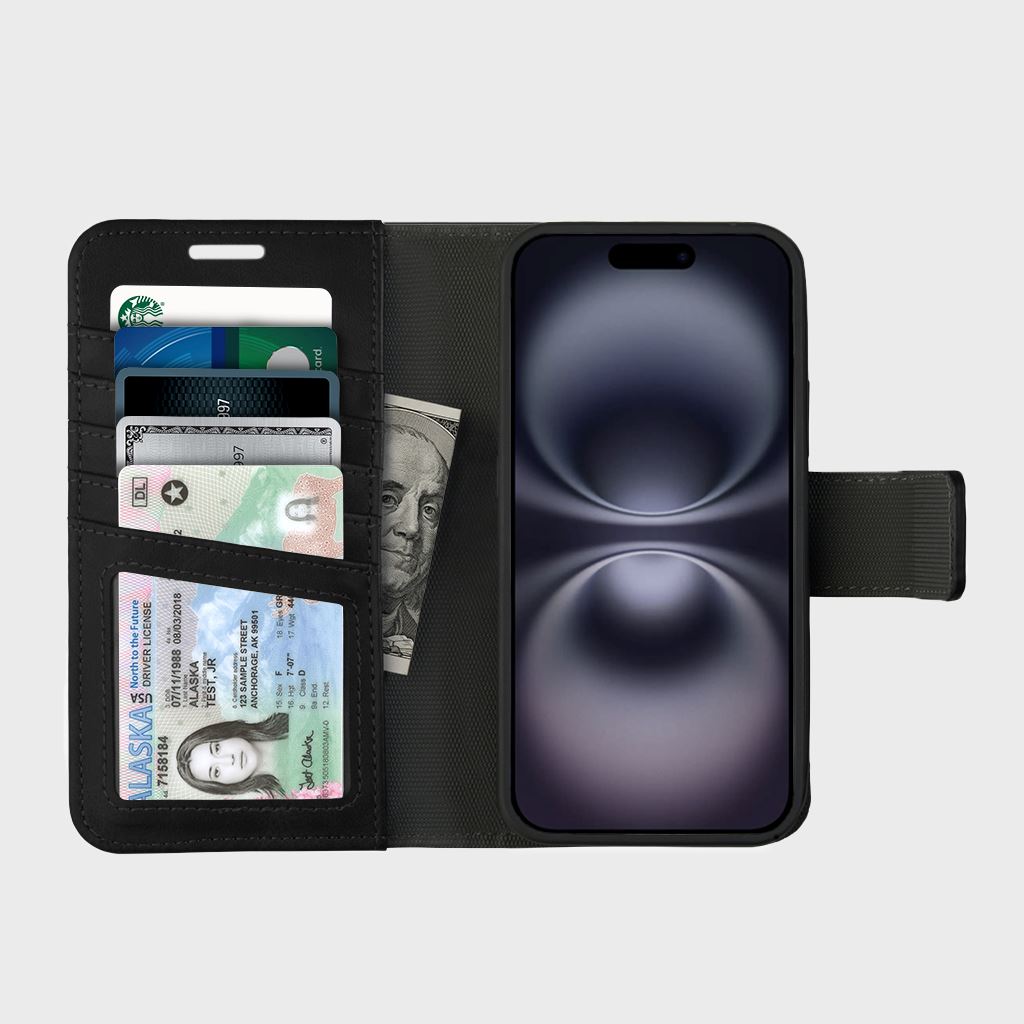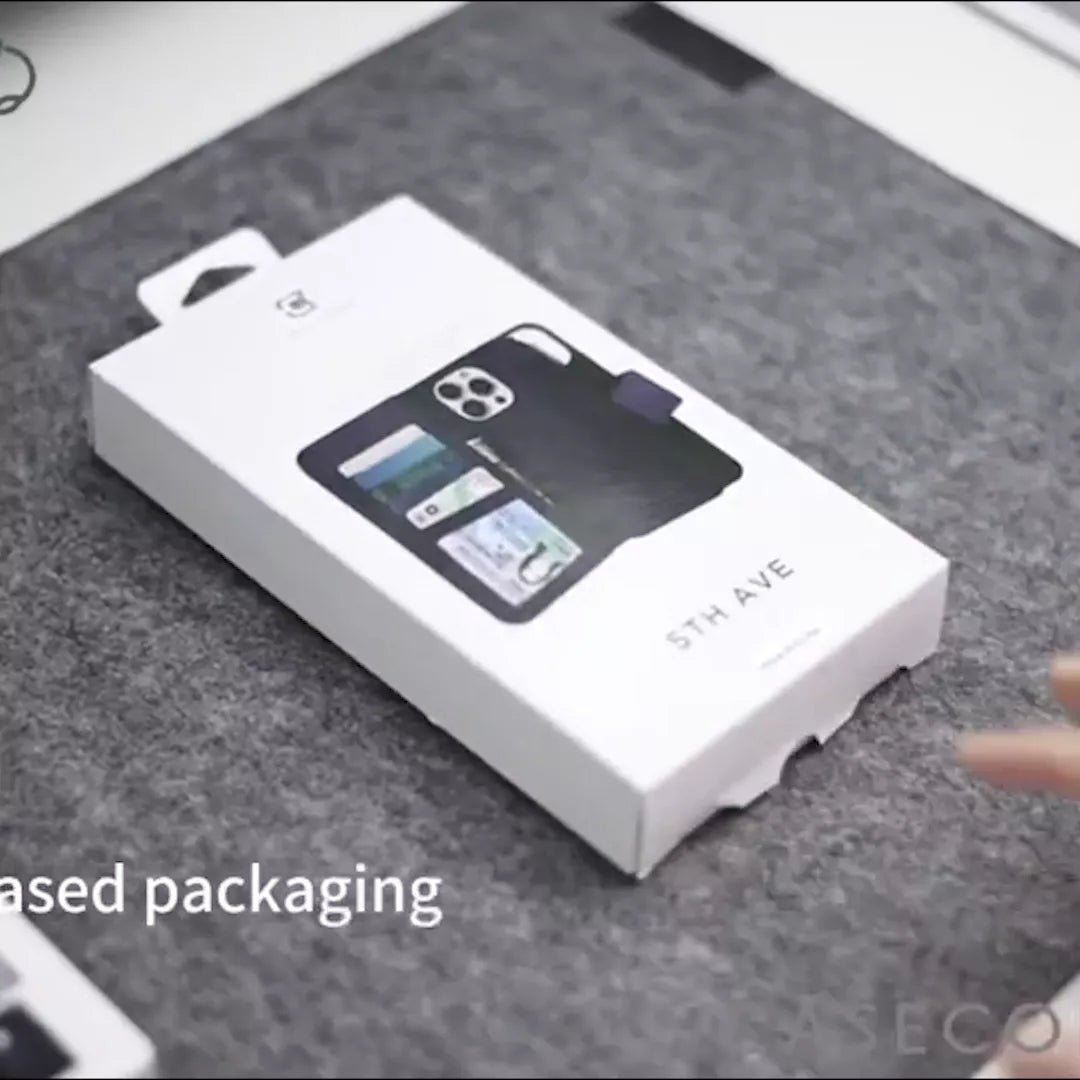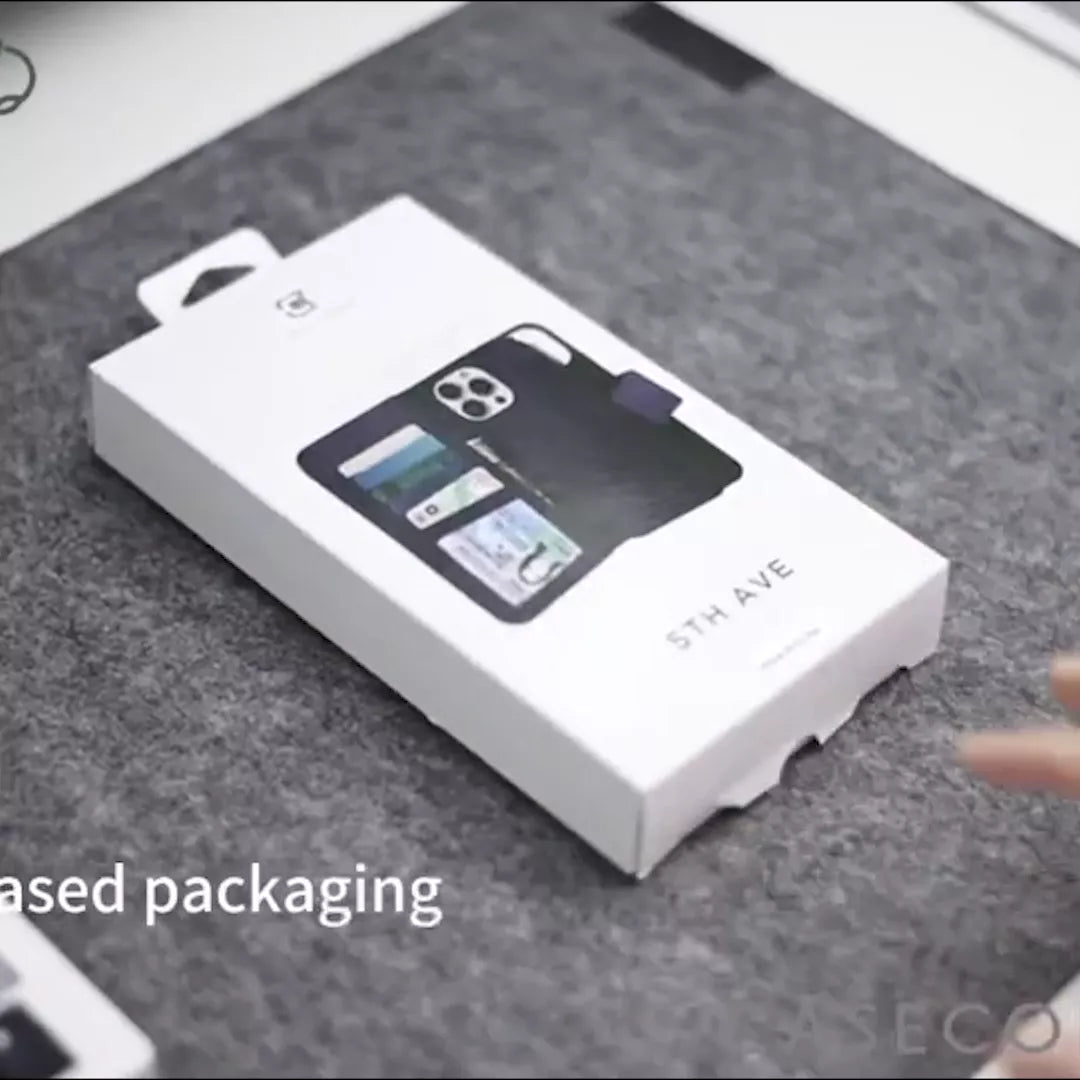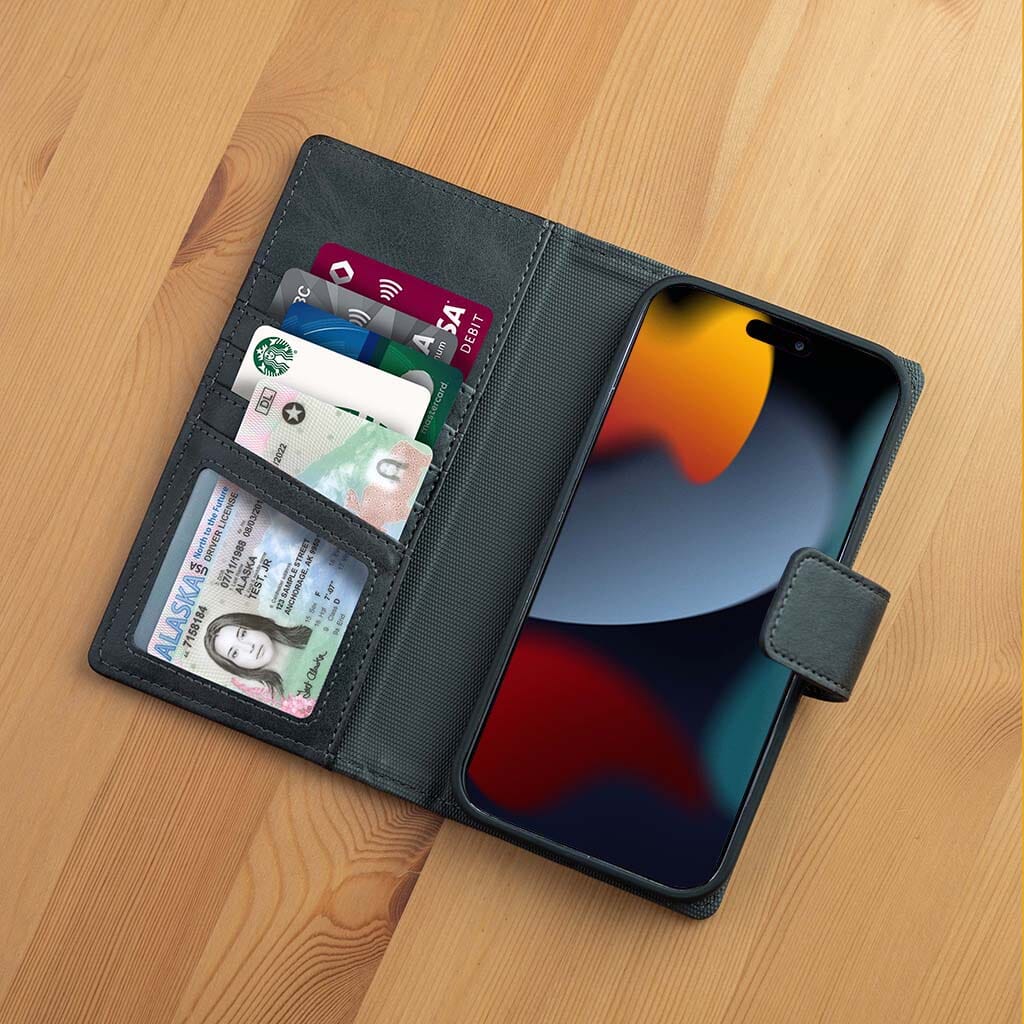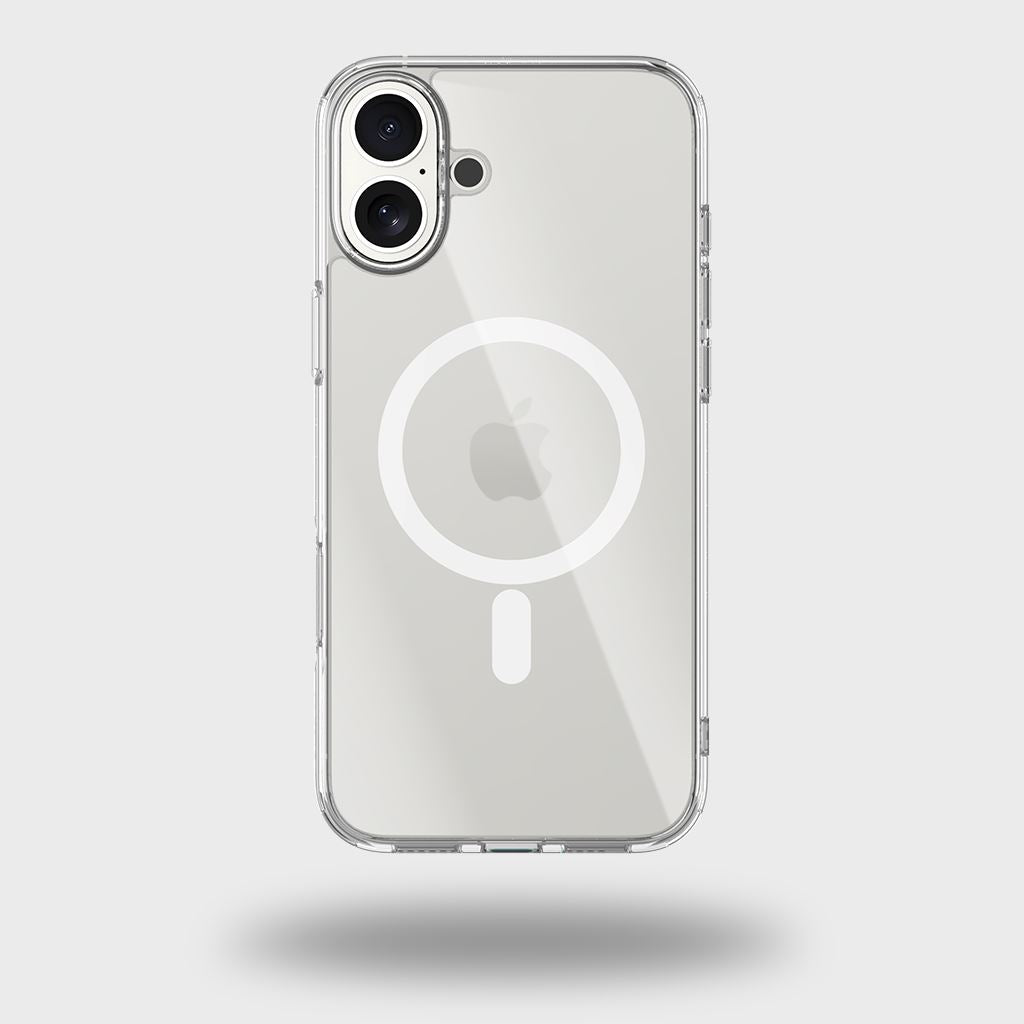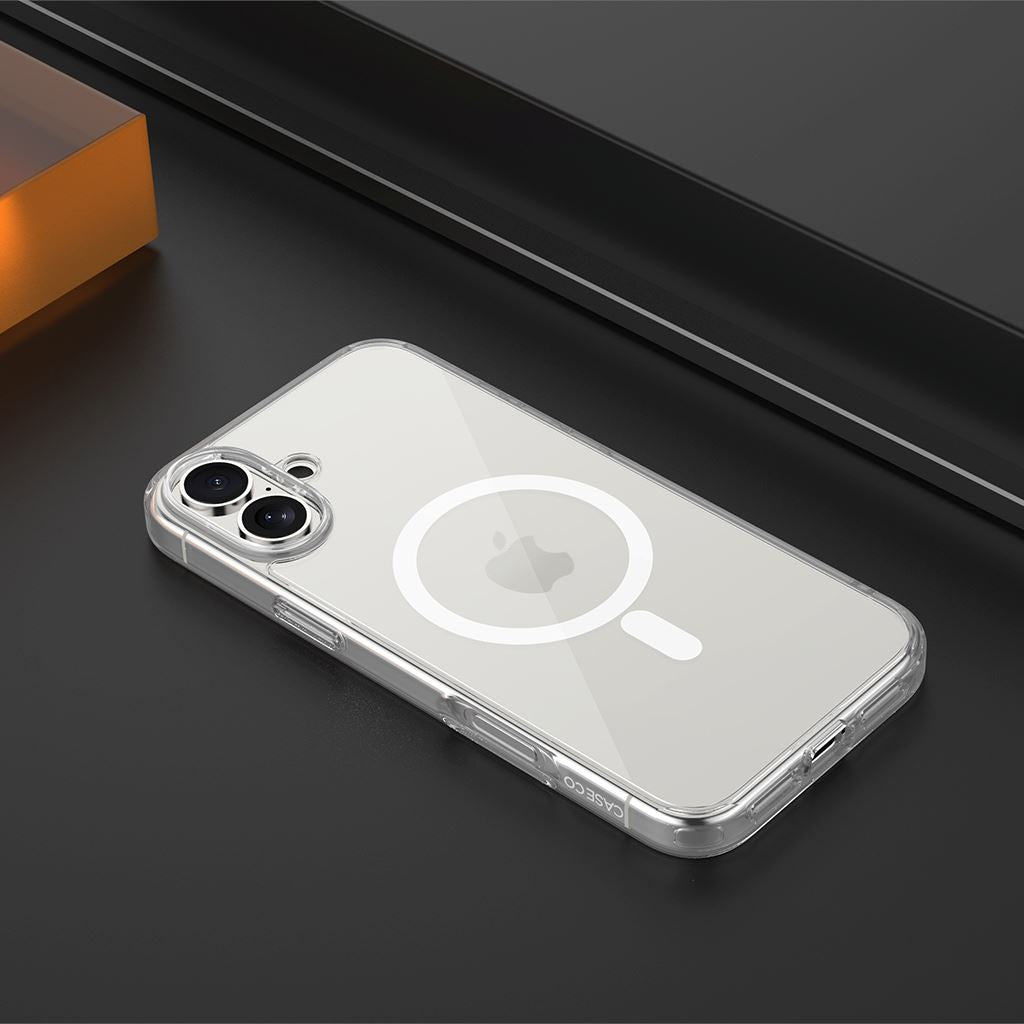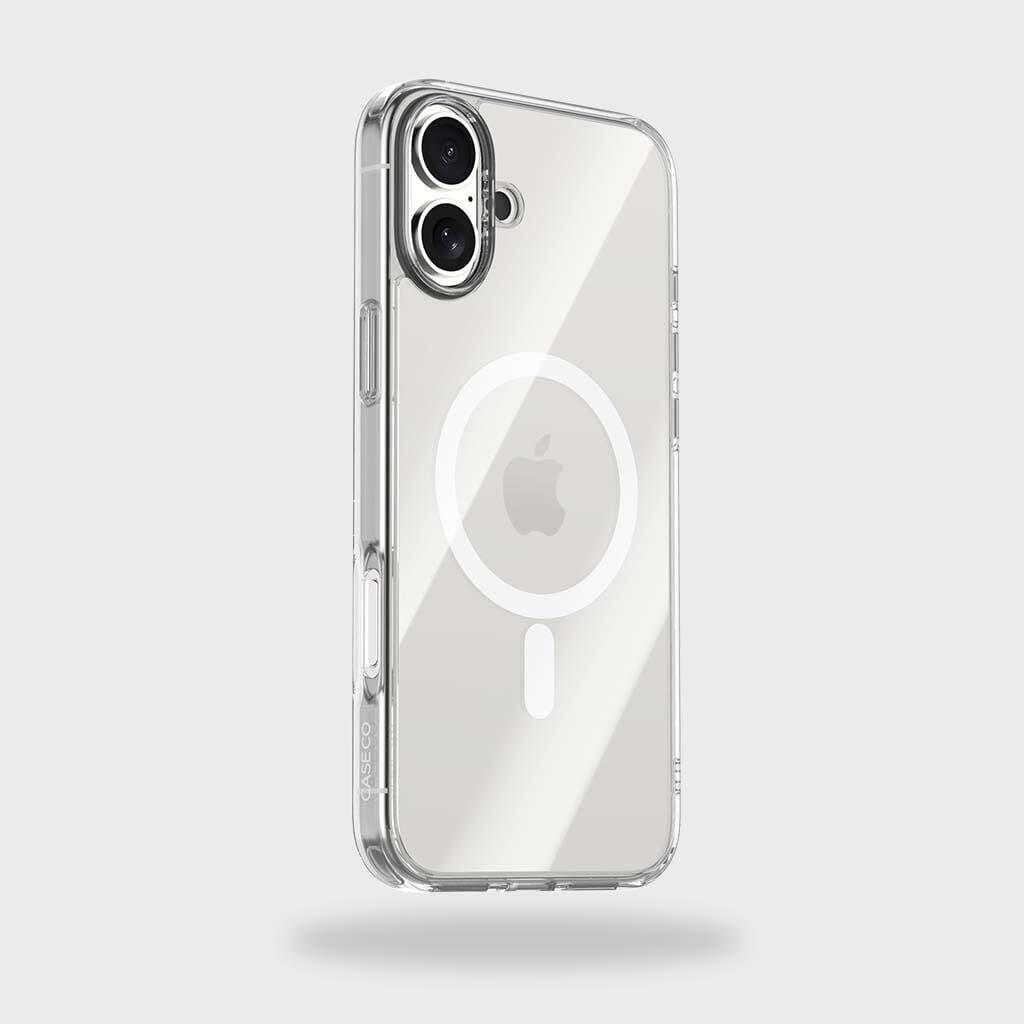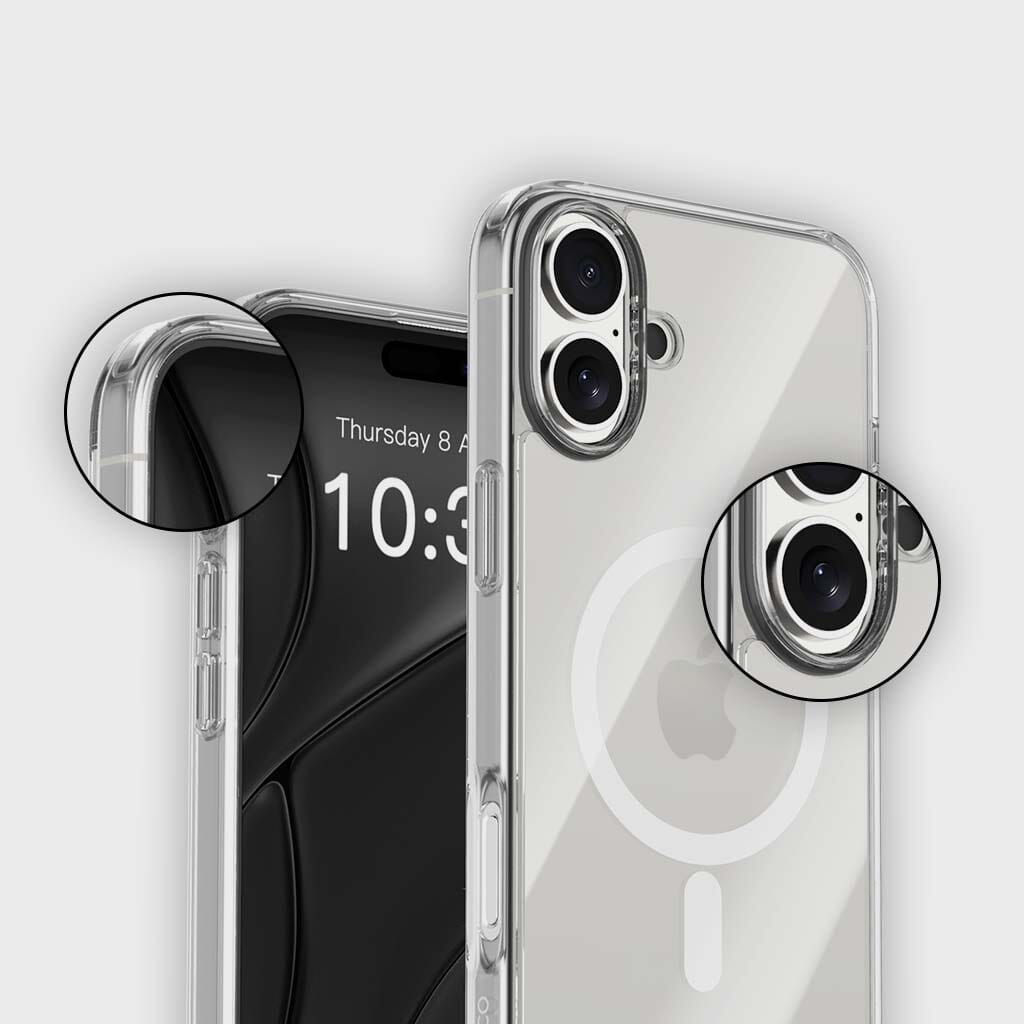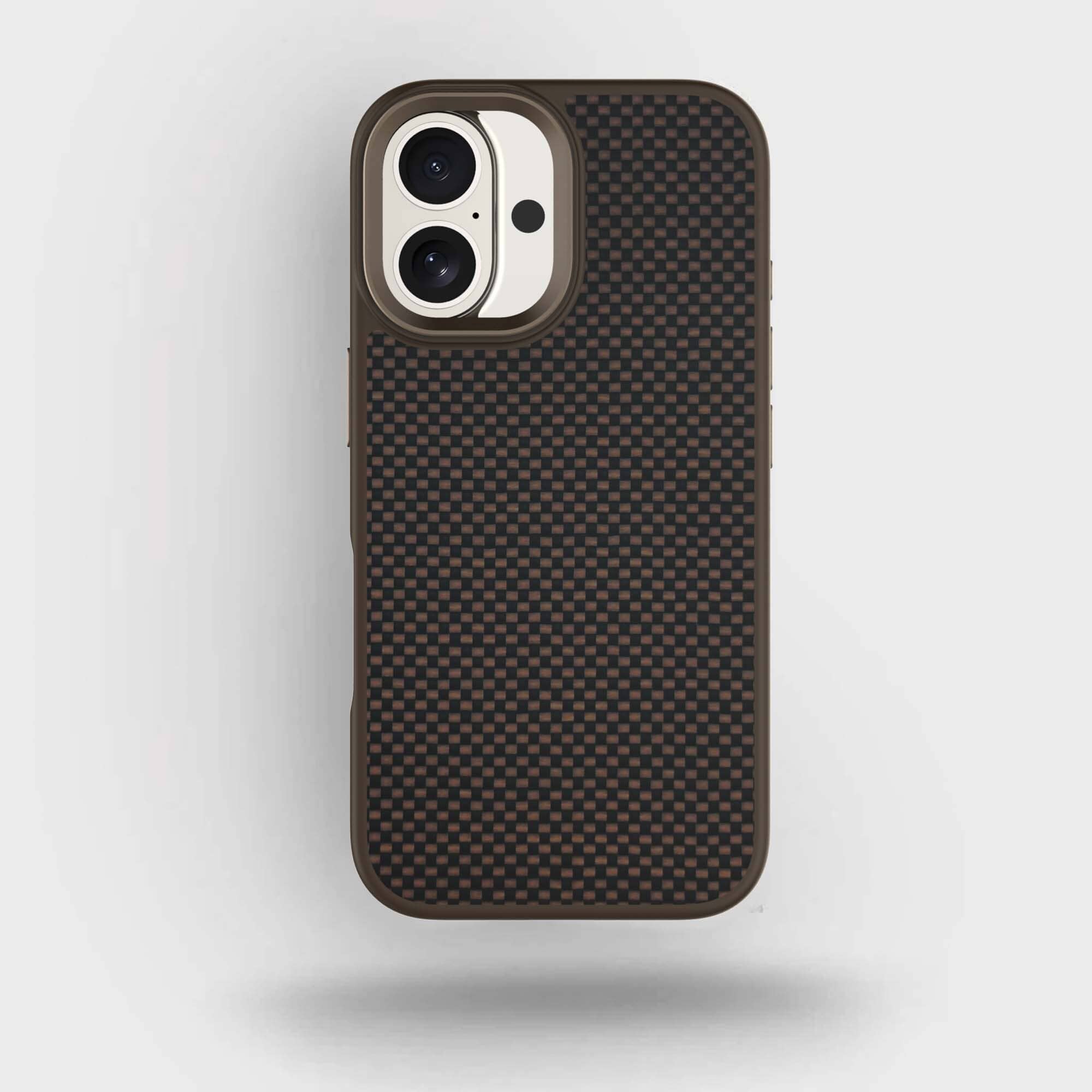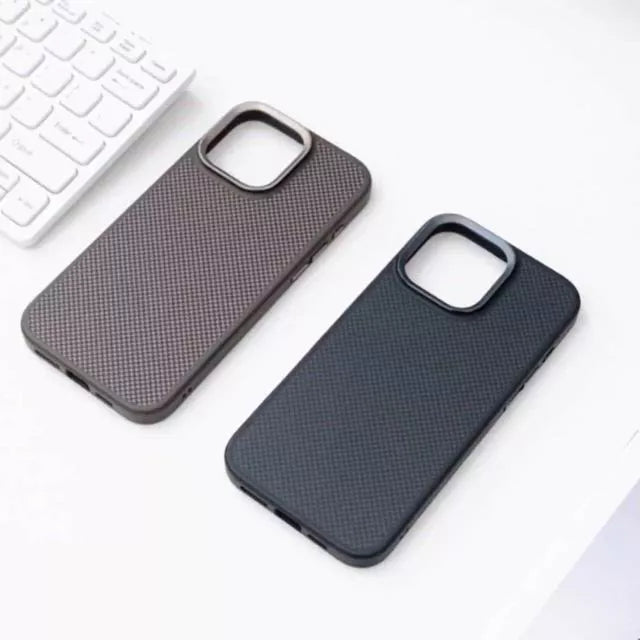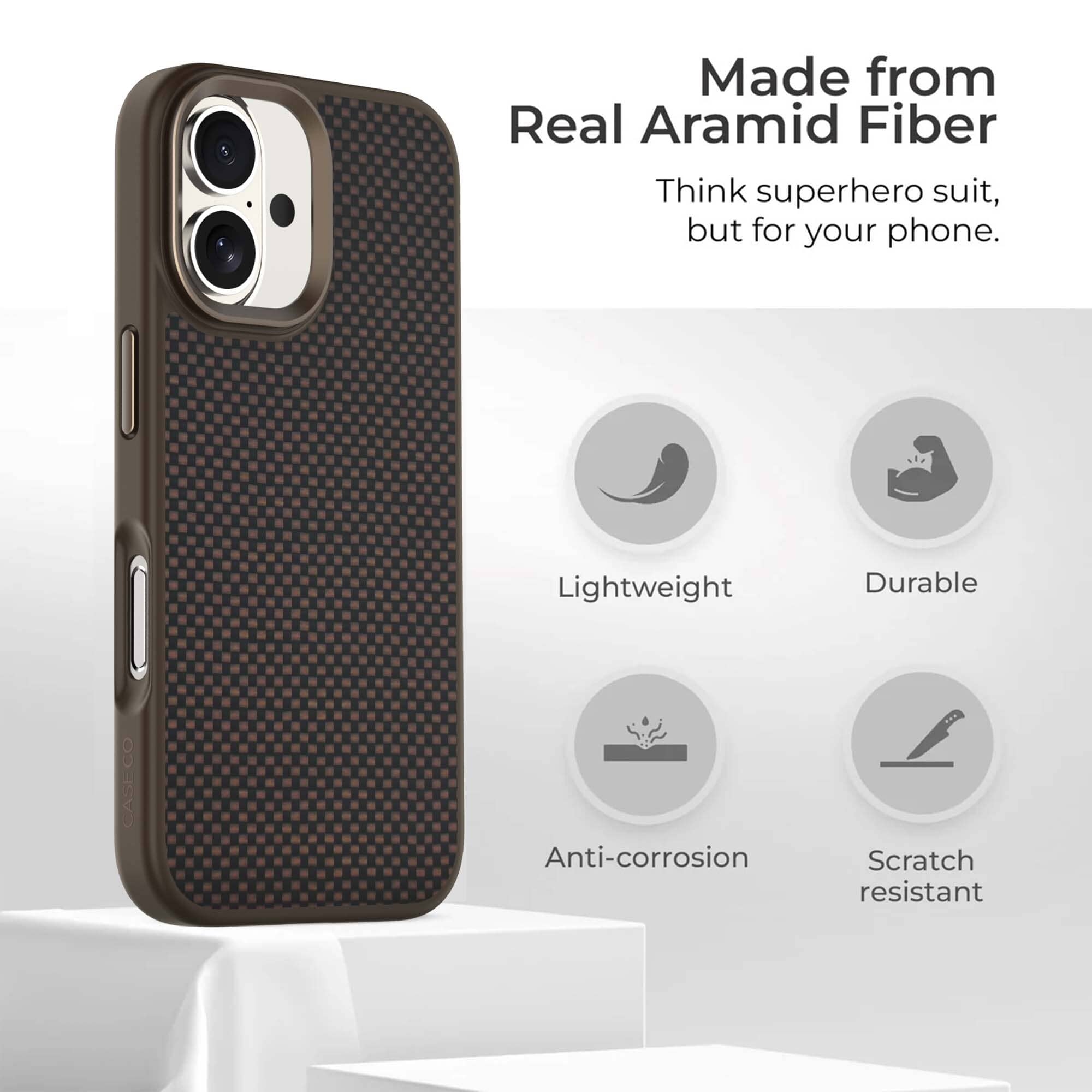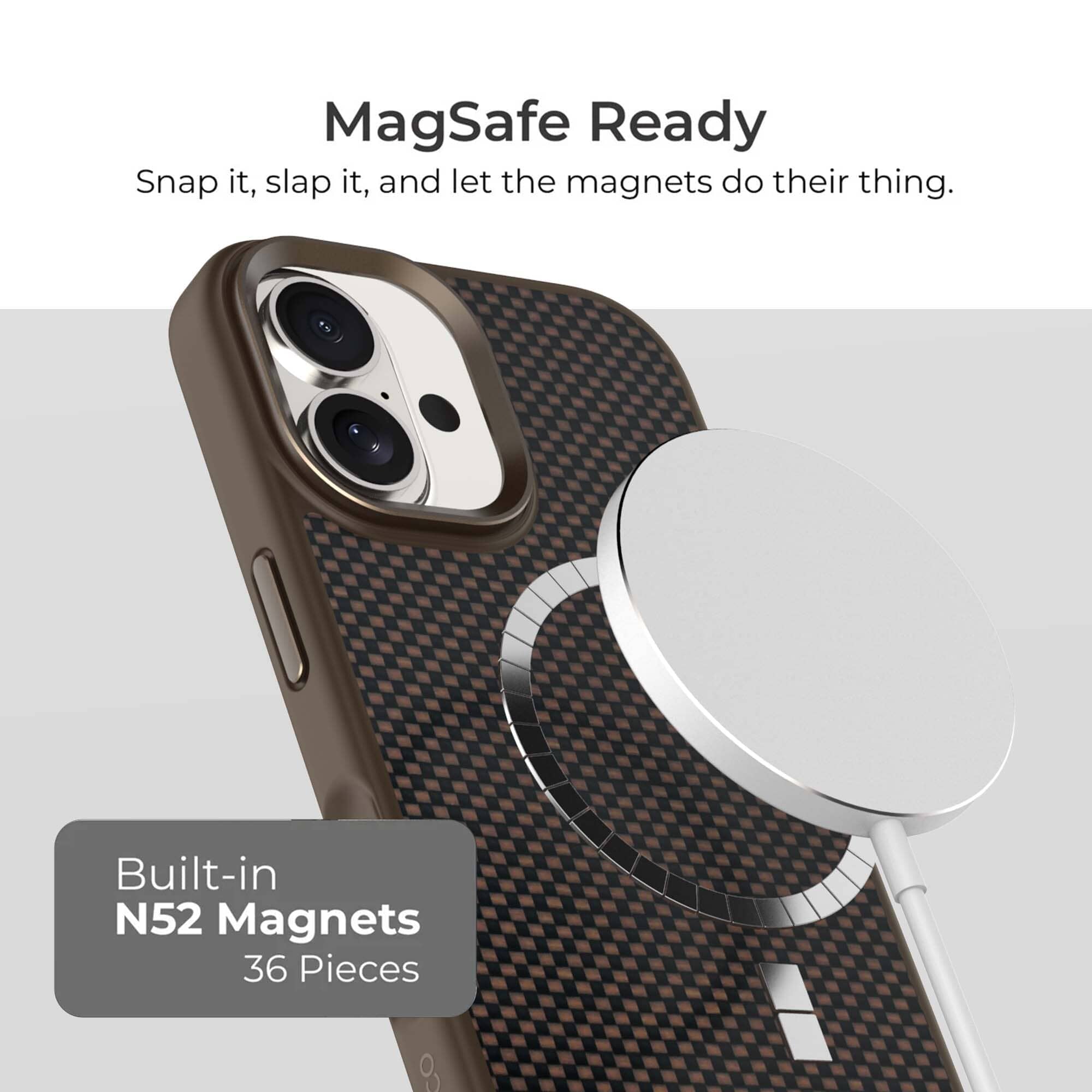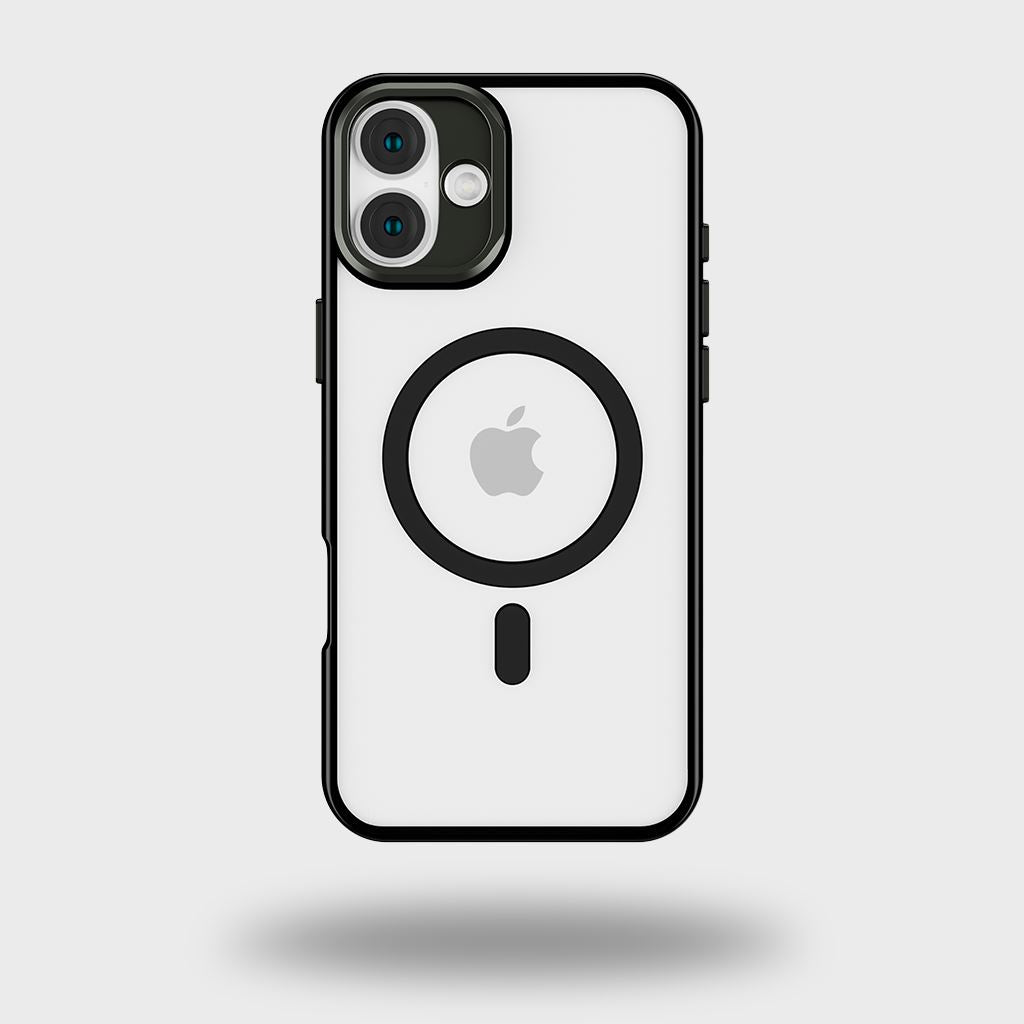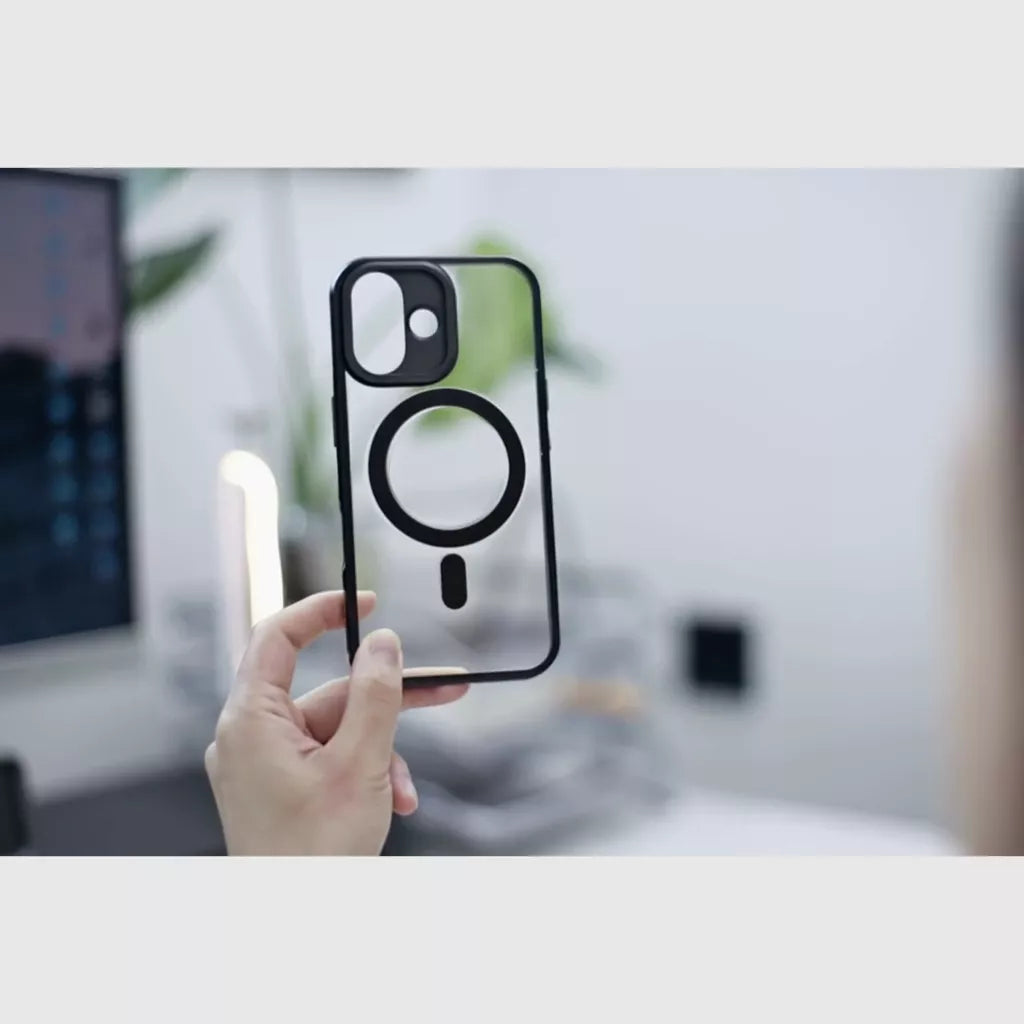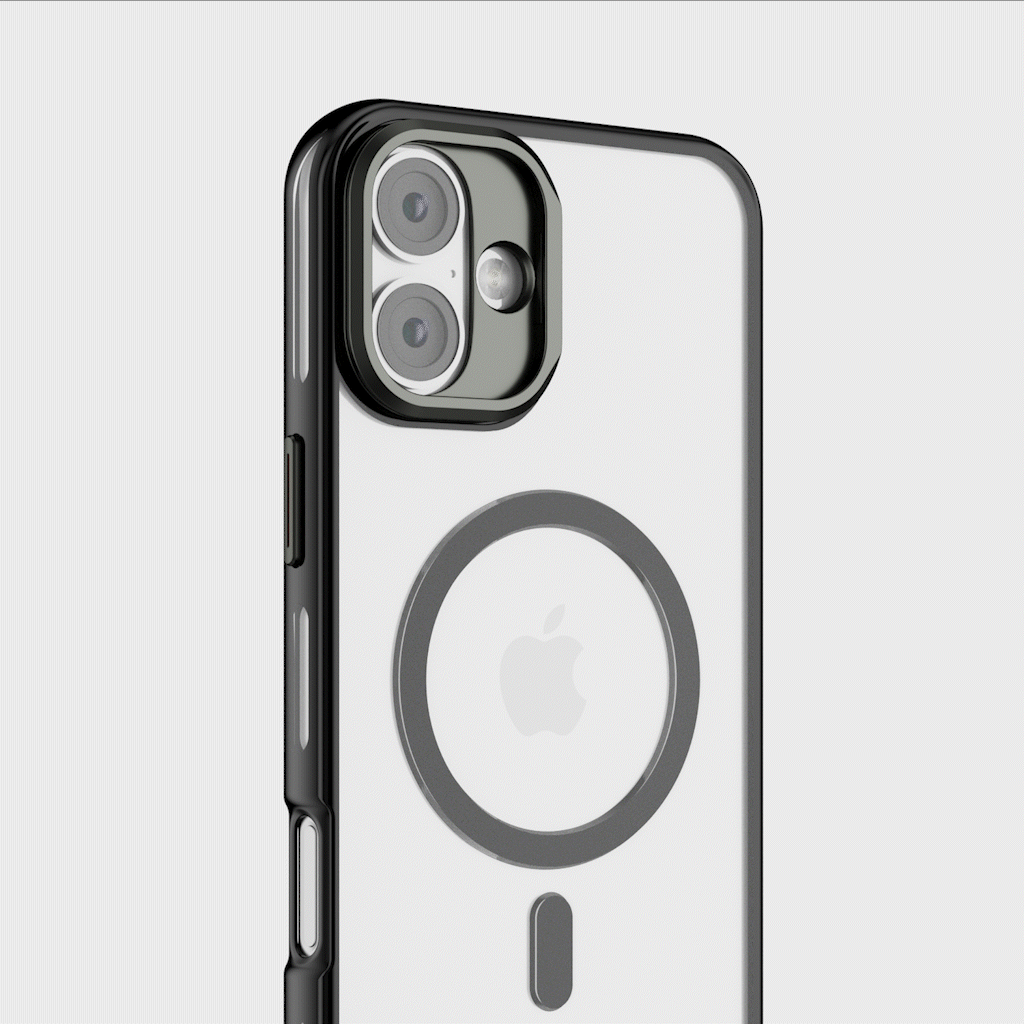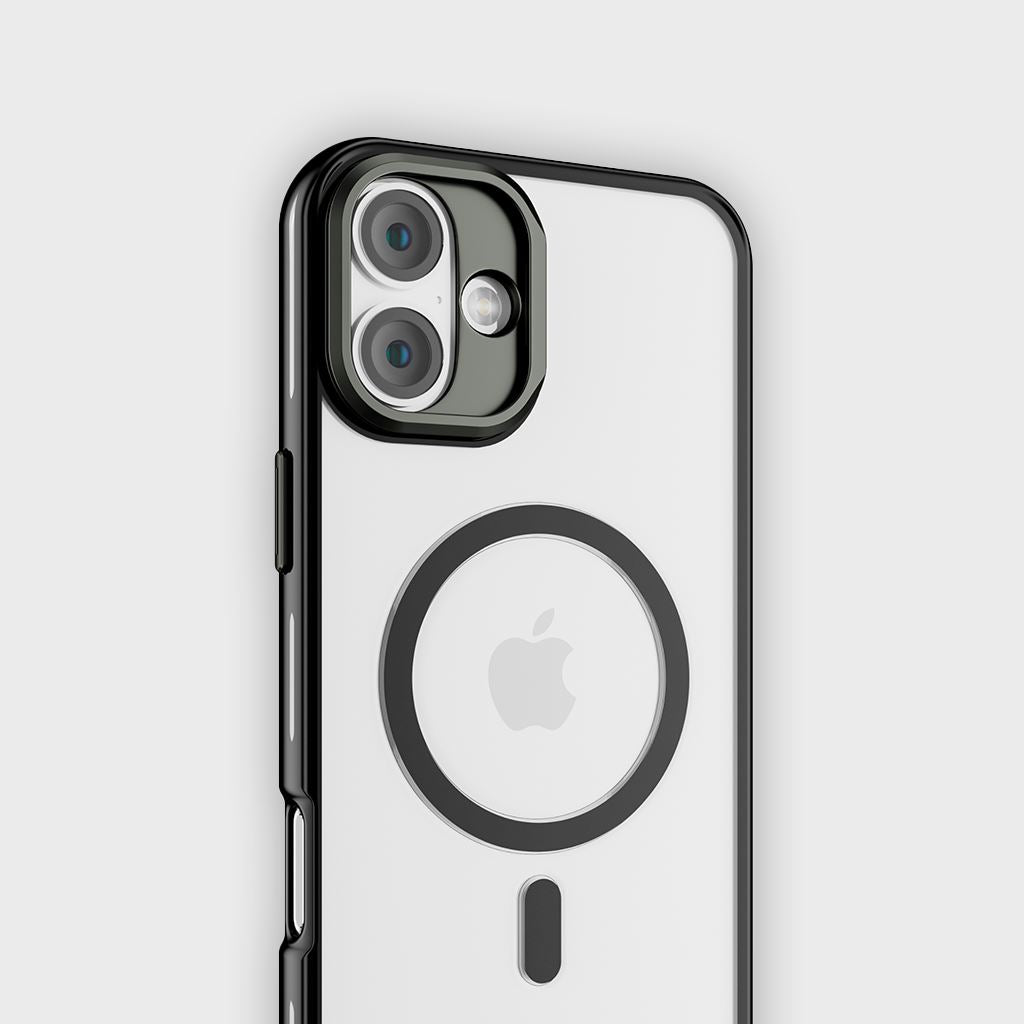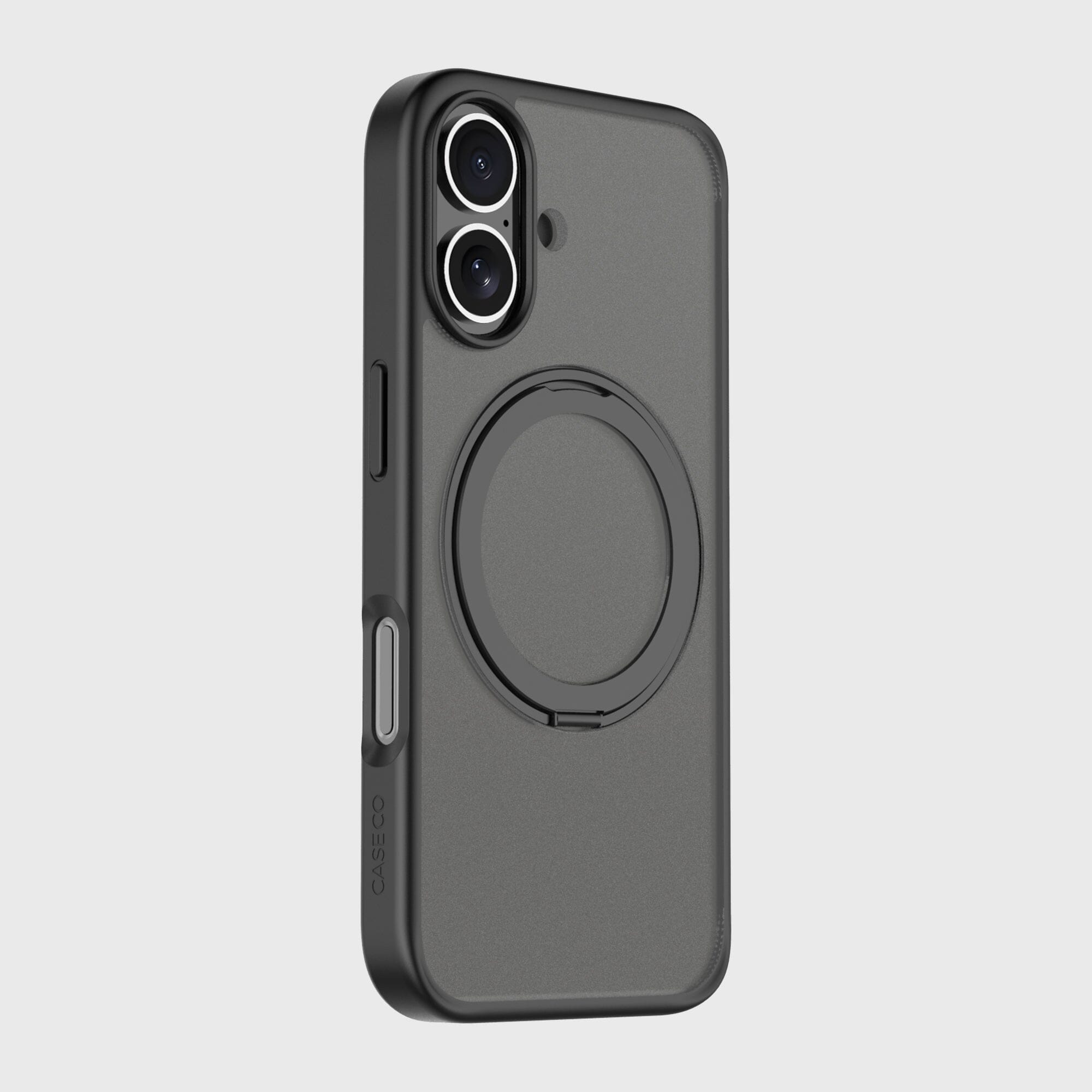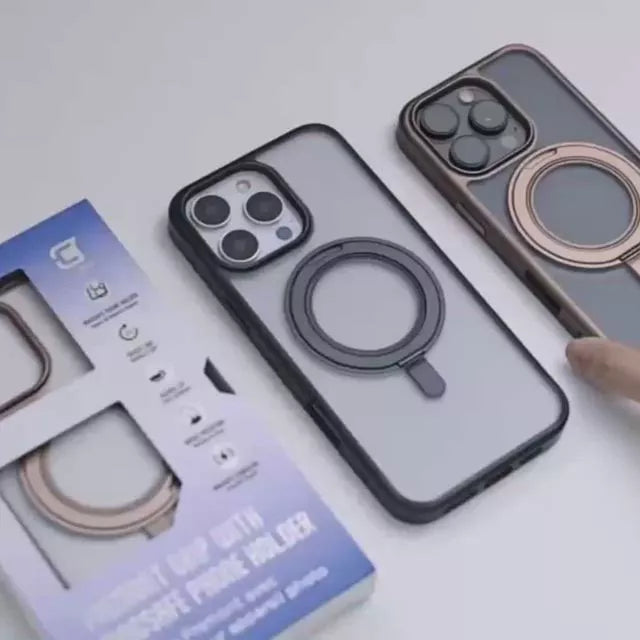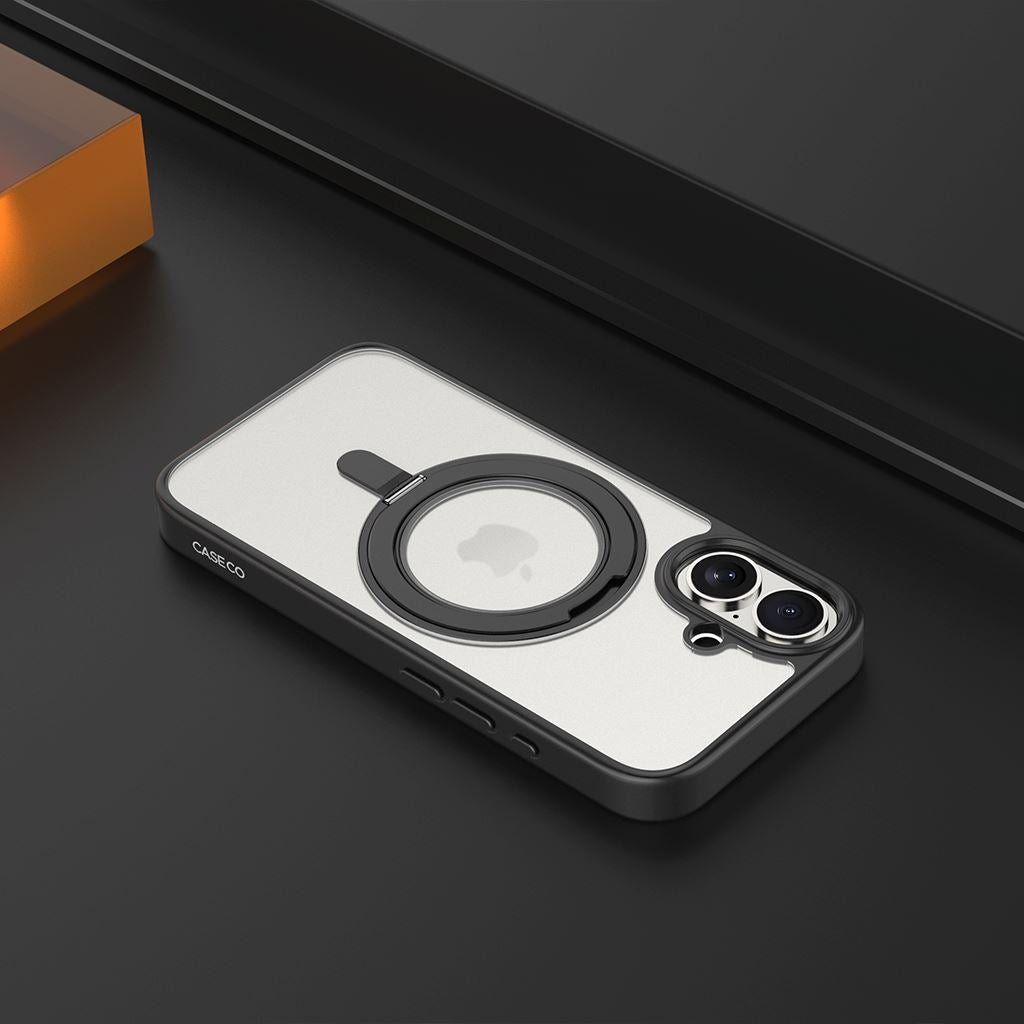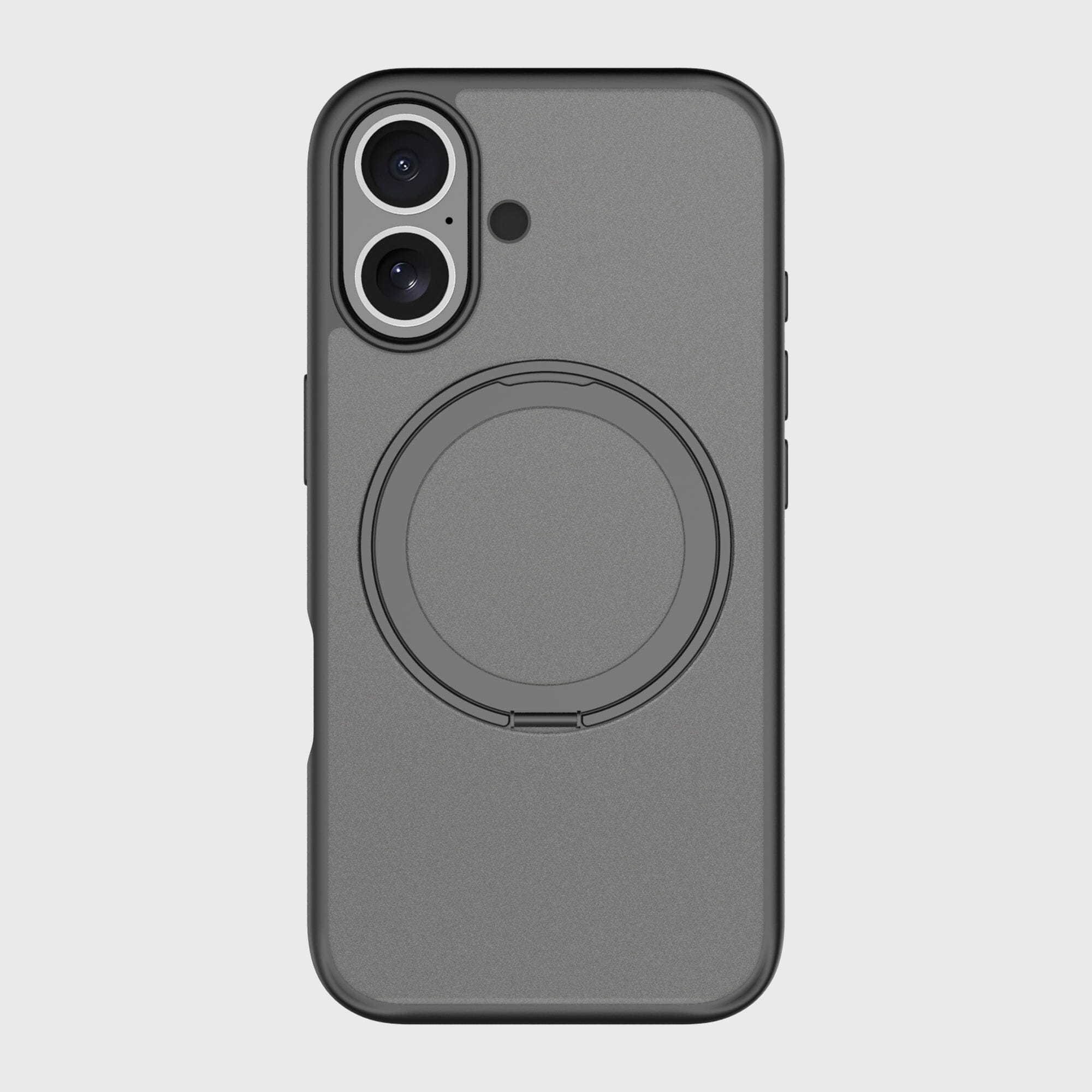Did you ever attempt to grab a charging cable from your collection and realized that you weren’t sure what the right one is for your device. You are NOT alone in this and it's not new at all. With all the different devices we use, it can be a little confusing to know which connector type is what you need.
So we here at Caseco have put together something to help you figure it out.
How to make sense of connectors
We have four different types of connectors. A lightning to USB, a type c to USB, a type c to type c and a 3-in-1 cable. We’ll get into detail with these four types and what you can expect from each of them
Lightning to USB Connector
If you’ve been an Apple user ever since 2012 then you probably are most familiar with these kinds of connectors. It replaced the 30-pin connector and is the connector type for almost all the Apple devices until the iPhone 11.
Having the USB-A on one end is still the most common type of charging cable. It may also be the most convenient as you can easily charge your device on a laptop, desktop or most power banks. It’s easy to find a matching USB wall charger for this connector type. Power delivery here is dependent on the device and wall adaptor so make sure you match the right one to have optimization.
Type C to USB
The type C cable gained momentum during the early 2014 after it was introduced as the upgrade over the difficult micro USB. The beauty with the type C was that, like the lightning cable from the Apple devices, Android devices could be charged without needing to check if the cable was the right side up.
With the general ease of being able to plug the type C in any way horizontally, it quickly overtook the micro USB as the preferred charging connector type for Android device users. It also ensured correct attachment without needing to look at the device port.
3-in-1 Cable to USB A
This type of connector may seem like an odd ball for most purists but there’s a growing following for it mainly because people don’t stick to only one smartphone device. As the name suggests, it has 3 heads to attach to the 3 most commonly used smartphones. There’s a lightning connector for Apple devices, a type C connector for the recent Android models and a micro USB that may still be used for older models that were out before 2012.
One thing to consider about this type of connector is that although it has 3 heads, depending on its design, you may be able to use just one at a time. The cable material may also play a vital role in using a 3-in-1 connector as there are different options to choose from.
Type C to Type C
The most recent type of connector in this list presents itself as the easiest to use as well. With a type C to type C connector you’ll never have to remember which side you have to plug into the wall adaptor and which goes to the device. This is a favorite among the new Android devices (unless Apple adapts the same system) and has been a recent feature in the new releases.
One very keen feature of the type C to type C connector is the convenience that you can pair a great PD charger and grab that fast-charge to save time in your day.
Lightning to Type C
With all the fuss about the effectiveness of a type C connector, Apple itself decided to jump onto the bandwagon and supplied its iPhone 12 series with the lightning to type C connector. This spells out as the best of both worlds although Apple is already using the more up-to-date connector (type C to type C) with its recent iPad Pro lineup.
The Bottomline
Whether you’re a Samsung Android or Apple user or trying out the more dynamic 3-in-1 connector type, having an idea of the connectors to use will give you foresight on what to expect with your device and cable type.
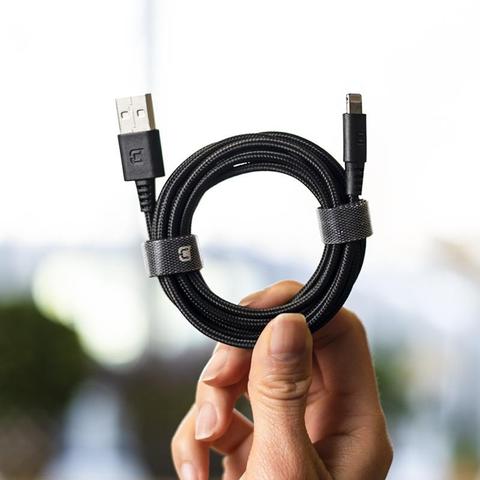
- by Mara Lam
The Lowdown On USB Charging Cable Connector Types
- by Mara Lam
